From today, for a few weeks, I’m going to do a travelogue style account of my recent trip to Namibia. I have around 145 images in my final selection currently, so I’ll select up to 10 favorites each week, and talk you through them, including details of where we were, and what was going through my mind when shooting.
To get to Namibia, I flew from Tokyo to Hong Kong, then on to Johannesburg, South Africa. My plane arrived a little early, but the huge queue for immigration stole all of my leeway, but I still arrived at the meeting point only a minute late. As there was no sign of the group though, I ended up walking up and down Terminal B three times, before I finally found the group down in one corner. Everyone seemed in good spirits though, and we proceeded to board our plane to Windhoek, the capital of Namibia.
It was to be just under a two hour flight, and then we were met by our guides Jeremiah and Festus. Although we’d discussed switching cars occasionally, Jeremy Woodhouse, the group leader pretty much stayed in his car, and once I’d started to teach the folks in my car things, they said they weren’t going to let me switch either, so Festus became my guide for the duration. Both guides were incredibly knowledgeable, professional and fun to be with.
After a few minutes to settle into the hotel, we drove into the town of on the afternoon of May 6, and found Windhoek to be a booming city in the heart of Namibia, with new building springing up all over the place. The people mostly seemed happy and upbeat, and I would feel safe through pretty much my entire journey, though the young men selling trinkets or asking for money for some sort of imaginary charity, would prove an annoyance. They started really nice, but one guy, on realizing that I wasn’t going to pay him anything shouted for me to stay out of his country as he walked off, which I thought was a bit sad.
Slightly jet-lagged, and tired from 36 hours of straight traveling, we settled down for an evening meal of Oryx steak at our hotel, and then I woke up at 5am, and wrote a quick blog post to announce the release of the Craft & Vision digital magazine, PHOTOGRAPH Issue #3, that I saw had been released as I checked my email. As I wrote the post, my stomach started making some funny noises, and before long I realized that I’d eaten something that didn’t agree with me, and would spend the next day or so in a slightly frail disposition.
It wasn’t a show-stopper, but I recall spending most of the 500km drive as we made our way to our first major shooting destination just trying to sleep, and get well as soon as possible. The main roads were amazing, and we made good time, stopping a few times for gas and the toilet, and although I didn’t feel 100%, by the time we reached Keetmanshoop, I could tell that my being somewhat out of sorts wasn’t too serious, and I had a good time photographing the Quiver Trees up until sunset, as we can see in this first image.
The Quiver Trees are so called, because the branches are soft and easily hollowed out, and so they were used to make quivers to store arrows in, and not because the trees quiver. I didn’t initially find this spot that photogenic, and didn’t get any photos that I really liked from the first day, except this last sunset shot. The following morning, we went back, bright and early, and there was a beautiful slither of a waxing crescent moon, and a beautiful clear sky. This next image is probably my favorite from this morning, and although I’d skipped dinner the night before, I was feeling decidedly better on this second morning.
In this photo you can see the slither of a moon to the left of the large quiver tree on the right. Although Ideally I’d have liked to place the trunk of that tree on the right in the space just to its left on the horizon, here I gave priority to maintaining a little bit of separation between the tree and the moon. Had I been able to move to the right a little more, I’d probably have gotten a little separation between the smaller trees on the left too, but I’m not going to sweat it too much. I still really like this shot. Once the sun came up though, I did start to pay more attention to separation, as the moon basically disappeared in the brighter sky.
Once we’d finished our morning shoot, we had another couple of hundred kilometers to cover, as we made our way over to the port town of Luderitz, close to the abandoned diamond mining village, Kolmanskop. The name is actually Africans for Coleman’s Hill, which might make you think it was a coal mine, but the town was actually named after a guy called Johnny Coleman, who stumbled across the place in a sand-storm.
According to Wikipedia, In 1908 a worker named Zacharias Lewala found a diamond while working in this area and showed it to his supervisor, a German railroad inspector named August Stauch. After realizing that this area was rich in diamonds, lots of German miners settled in this area and started to exploit the diamond field.
Driven by the enormous wealth of the first diamond miners, the residents built the village in the architectural style of a German town, with amenities and institutions including a hospital, ballroom, power station, school, skittle-alley, theater and sport-hall, casino, ice factory and the first x-ray-station in the southern hemisphere.
The town was abandoned in 1954, as the diamonds ran out, but the standard of the German architecture was so high, many of the houses are still standing, although the desert is slowly reclaiming them, as you can see in this photograph of a house that no longer has a roof, allowing the sun to shine through the slats in the decaying ceiling.
As the sun shines at varying angles as it moves across the sky through the day, the slats move across the walls, making beautiful patterns, complimented by the small sand dunes that you can find in many of the buildings, like the one we see here inside the back room. I used Nik Software’s Color Efex Pro 4 to enhance the detail on the walls, and if I recall, I used the Reflector Efex filter to bring out the golden color of the sand through the door.
The town is large, and you could literally spend a couple of days exploring. By noon I found myself in a darkened room with light pouring in through the gaps formed as rust ate its way through the corrugated steel nailed to the outside of the window. The sand had frosted the pains of glass left in the top of the window, but with the bottom windows shutters thrown open, I exposed for the bright light, allowing the internal wall to go totally black. I remember saying to Judy, a participant I was shooting with at the time, that if there were ghosts here, I really hoped that they knew how beautiful their houses were.
By the afternoon, there was a sand-storm blowing, and I ended up scratching my sun glasses, as I must have gotten sand between my glasses and my camera’s viewfinder, and I also ended up with a nasty scratch on the front face of my iPhone, probably from the sand too. I’m not one for mollycoddling my gear though, and to change lenses in a sand-storm, I simply shielded the camera with my body, changing lenses with my back to the wind and sand. I’m happy to say that after that, although I cleaned my sensor once during the trip, I didn’t really have a problem with dust. My lenses on the other hand are all a bit crunchy, and might need looking at, but nothing broke, and believe me, it’s not just this location, everywhere we went was dusty and sandy.
The next photo gives you a good visual on this, as we can see this room was well over half-full of sand, coming almost to the top of the door. Again, I used Color Efex Pro to enhance the detail and texture of the walls and sand, but I like the feeling here of the room being totally overwhelmed with the sand. I used my 16-35mm f/2.8 lens for this, but I used my 14mm and 24-70mm lens a lot through the day too. My lens range in total took me from 14mm to 300mm and included a 1.4X and 2X Extender, to take me out to 600mm, and on the whole, having used each lens I brought a lot, I was very happy that I lugged all of this gear to the other side of the world.
The important thing to note as you shoot in this location is that you have to keep off the sand in the buildings. I’d have loved to seen what is in the other room, but climbing on the sand to take a look would ruin the room for the next photographer, so you just don’t do that.
I’m not one for looking at photos of places I’m going to visit before trips. This is partly because I’m usually so busy before leaving home for a while that I just don’t have time, but also because I don’t want to plant seeds of ideas that could paralyze me to other possibilities, as I fixate on finding the shots that I’d already seen. I like to just remain open to my own creativity. Having said that, there was one room here that I recall seeing in an old Michael Reichmann Video Journal, and this was paralyzing me to a degree, as I searched for it, just what I wanted to avoid.
The scene was a single door in a room, with sand almost up to the ceiling, similar to the last shot, but it was a much prettier room. One lady in the group, Nancy, had found the room during the morning, and told me where it was, but by the time I got there in the afternoon, the light was coming in through the windows behind the door, and the shot was lost. I’d actually poked my head in to the same building in the morning, and was kicking myself for not going in further, but I’d been trying to keep the sand clean for others.
Although the shot was lost, as I photographed the room anyway, I was a little spooked by what I can only describe as the sound of a family at a dinner table, clanking their cutlery on the plates as they ate. After hearing the sound I went around to the back of the building from where I’d heard the sounds, and the rooms were all full of sand, and there was no way in, so by now the hair on the back of my head was standing up, convinced I’d just been haunted.
Towards the end of the afternoon, as I’d looked through most of the houses, and was starting to wonder what to shoot next, when Jeremy Woodhouse, the tour leader came running out of a house and called me in. He’d found this room with light pouring in through the rust holes in the corrugated steel, and we proceeded to through sand against the wall above the window, to accentuate these lovely rays of light.
The sand is so fine and light that it just seems to hang there for a while, so it’s perfect for this kind of effect. We shot the window from either side, and then played with a very faint shadow that we noticed on the wall beside the window, as we stood in the doorway, but this was my favorite shot, with the rays of light actually hitting the ground, although this does include the hand marks where we’d been scooping sand up to throw at the wall.
After we’d finished shooting in this room, Jeremy walked back around to the earlier building where I’d been spooked, and as we looked in through the window, as I relayed my story, the wind caught the corrugated steel on the window, and a nail loose in one of the holes started to clatter against the glass, making a sound just like cutlery hitting a plate. There were my ghosts, and I breathed a small sigh of relief under my breath.
One of the furthest buildings from the entrance at Kolmanskop is, I believe, a school, that we can see in this last photo. The wind was howling, and shutters clashing around as I worked the scene, and I was still a little spooked, so I recall laughing at myself from time to time as I looked around to ensure I was still alone, but these building really are magical. Again a little Color Efex Pro helped to bring out the texture here, but I tried to keep it as subtle as possible.
There were a number of things that this location that I’d love to do differently if I ever get back here. There were certain rooms with the slats that look great at certain times of the day, and nothing much to look at, at other times. If I come back, I’ll create a map of where to go, at what time, because although I’m happy with what I got, this place has so much more potential, especially for a second visit.
I’m going to include a map here, from Lightroom, showing the locations at which we shot, with the little balloons and the number of images shot in each location. As with all the images, if you click on them, you’ll see a larger version, but to help you understand where we traveled, if you look at the map you’ll see a 35 in the middle just below where it says Namibia, and this is the first afternoon in Windhoek.
The Quiver trees were some 500km south of Windhoek, where it says 202, then Luderitz and Kolmanskop is on the coast to the east of there, where it says 355. The morning after we’d shot at Kolmanskop, we stopped for gas at a small town called Aus, just to the right of that, where you can see it says 210. There were some wonderful kids playing near the gas station here, and although I’d love to show you all of their photos, let’s just look at three of them before we finish today. The best of the rest I’ll put on my Portfolios page this week some time, so you’ll be able to check those out later too.
Here first is a very cool little boy with a great hat and wonderful attitude (below). All of the kids seemed very used to posing for photos, and this one had his pose down pat. Every time anyone pointed a camera at him, he’d fold his arms, and create a very stern cool look on his face. I managed to get him to crack his look into a wry smile for just a frame or two, which we can see here.
Jeremy Woodhouse is great with these kids, and as soon as we found some willing subjects, he’d heard them over to a spot in the shade, and the group would take turns photographing the ones we found interesting. The trick I found was adjusting them to a position where there wasn’t something sticking out of their heads, just common compositional practice, but then getting a nice look sometimes took a little more work.
Unlike this little boy, there were some kids that just didn’t seem to know how to smile, and would just show their bottom teeth for example, but I’m sure if we made them laugh for real, they’d have beautiful smiles. The language was challenging for the smaller kids though, and it just didn’t always happen.
This group of five boys were great too, with their cool looks and body language. I called this Best Friends, because I got the distinct feeling that this is exactly what they were. We would buy sweets at the shop, and hand them to the kids for their trouble, trying not to overdo it, and spoil the experience for others by making them expect to receive something. Pretty much every time we stopped like this though, were were quite demanding, so I think it’s only right to offer a little something.
This last photo is of a little girl with an incredibly pretty face. Here again, she knew how to pose, and I got a distinct feeling that she has been watching TV and knew how to carry herself. Because we placed almost all of our subjects in the shade, they all have great catch-lights in their eyes too, in which you can always find a photographer looking back at you.
The trip was mainly cultural, so this kind of street portraiture will be a major theme, especially as we look at some shots of the Himba People that we visit, in a future episode, but as we traveled between locations, you’ll see on the map that we stopped along the way, grabbing shots of the wildlife as we went. There were also a few days towards the end where we concentrated on Wildlife, doing game drives etc. and I’m looking forward to showing you the results of those days too.
For now though, let’s wrap it up for today, and we’ll pick up the trail again next week, as we look at some of the wildlife that we saw along the way, and then some shots for Deadvlei, that wonderful dried up lake where the dead camel thorn trees make for beautiful graphic elements as the sun illuminates the red sand dune walls before it hits the dried up lake floor. If you haven’t seen these images before, you’re in for a treat as we look at these next week. If you’d like a sneak preview, there are already a few on my Google Plus profile, and as I say, I’ll start to upload some to my Portfolios pages this week too, once I’ve got this episode recorded and in the stream.
Show Notes
Martin’s Portfolio page: https://martinbaileyphotography.com/portfolios/
Music used with kind permission from the staff of the Kulala Desert Lodge.
Subscribe in iTunes for Enhanced Podcasts delivered automatically to your computer.
Download this Podcast in MP3 format (Audio Only).
Download this Podcast in Enhanced Podcast M4A format. This requires Apple iTunes or Quicktime to view/listen.





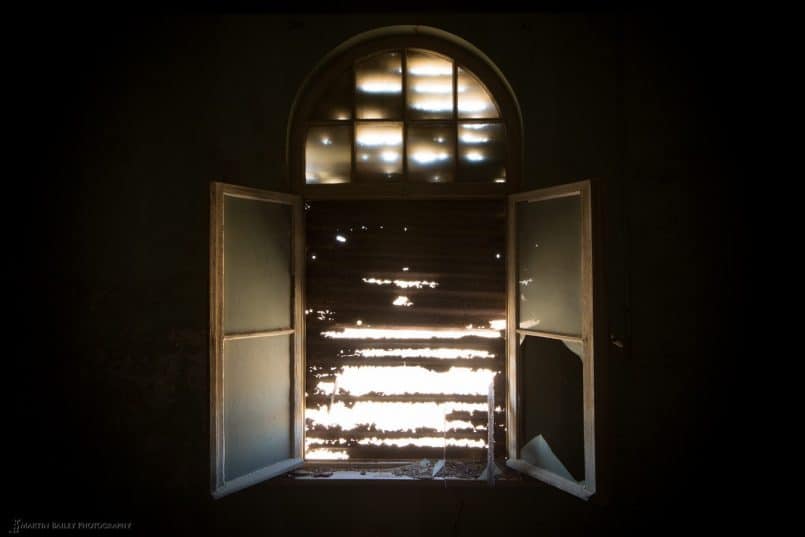
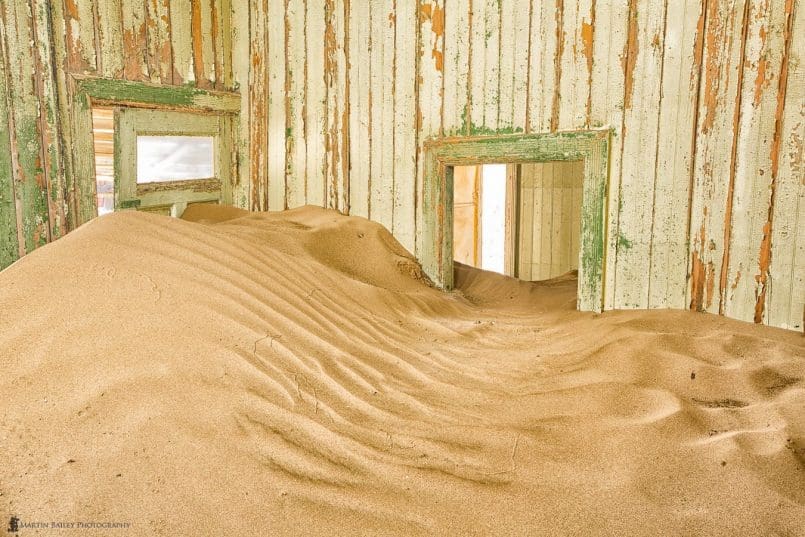
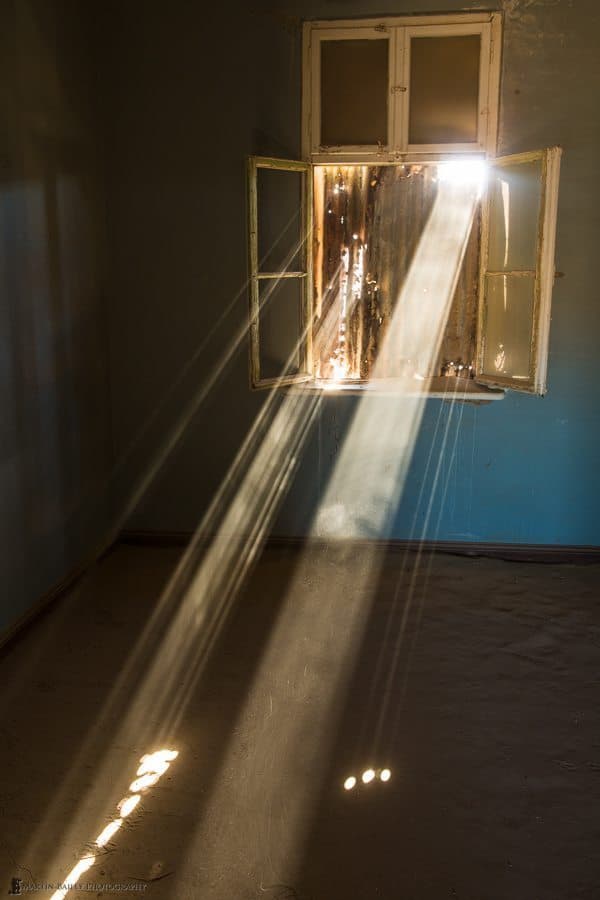
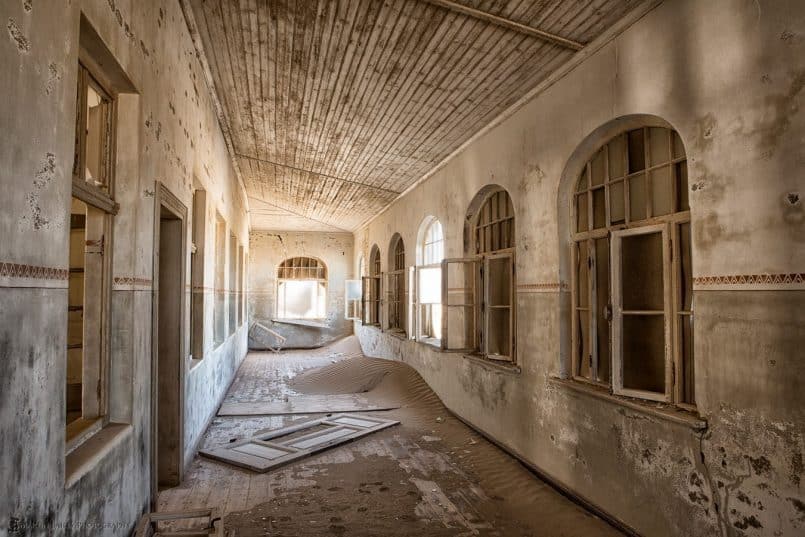
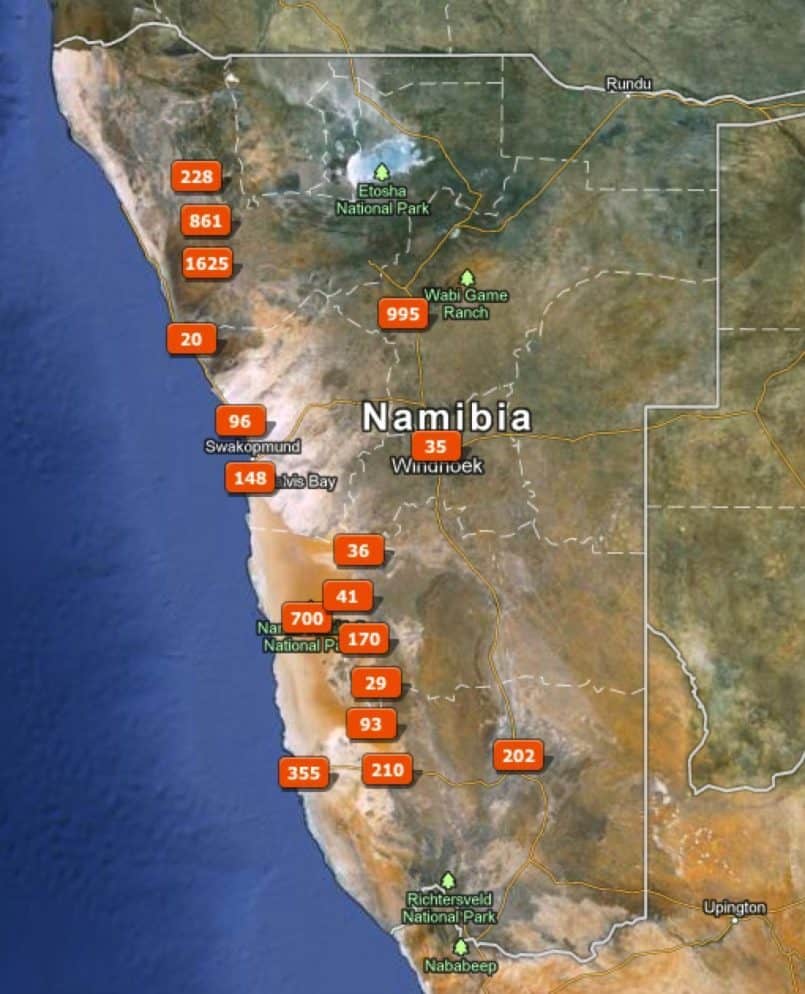

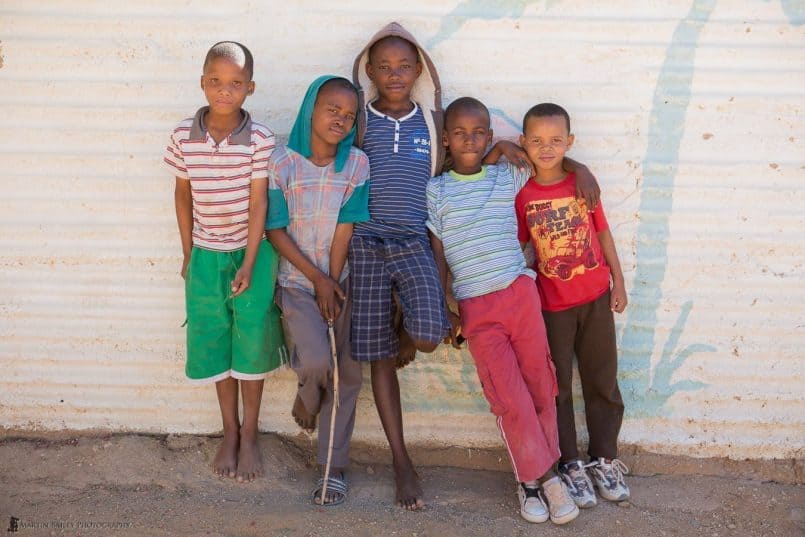
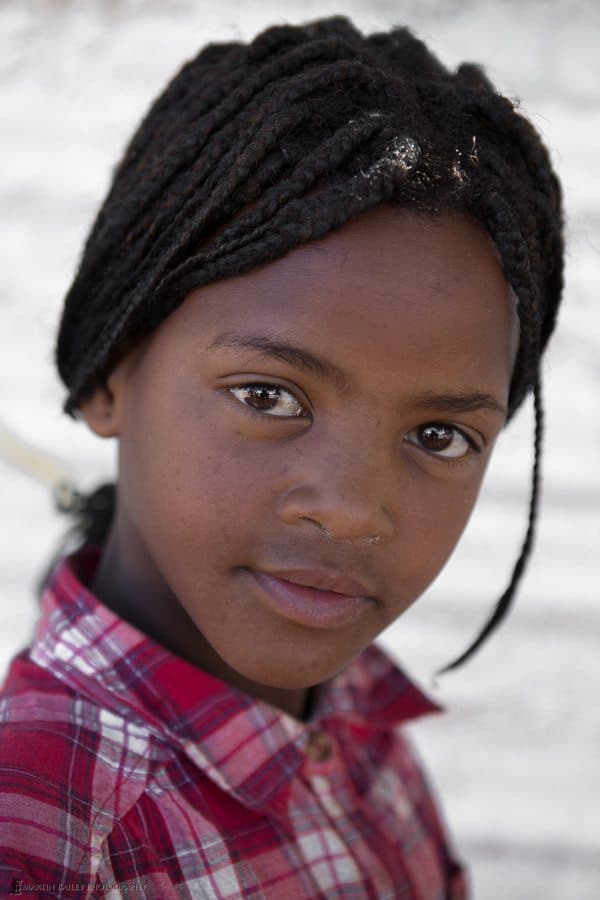

I will not be travelling to Namibia in this life time, so thank you very much for this intimate tour and excellent photos!
You’re very welcome Eric. Thanks for listening!
Hey Martin,
Enjoy the podcast each week. thanks for all you do. you are helping to improve my photography, and i hope one day to join you on a workshop.
cheers for now,
thanks for the pics and inspiration,
Jonathan
Thanks Jonathan! I’m pleased you enjoyed this. Thanks for listening/reading each week.
Martin.